3 Tips to Crafting the Ultimate Holiday Beer
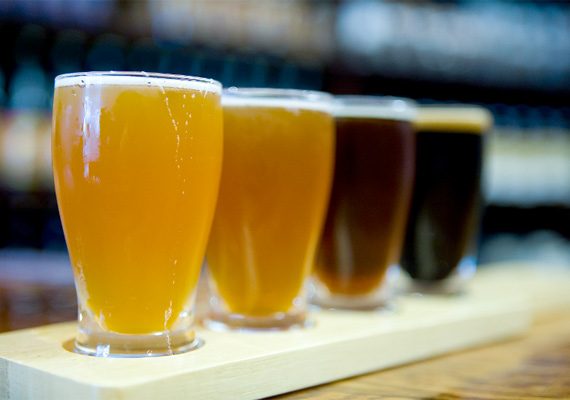
Holiday beers belong to a class of seasonal specialty beers that share some common qualities, including winter spices, says Philip Vieira, Ph.D., a longtime homebrewer and recent commercial nanobrewer for Seven Brethren Brewery in Southern California.
Then again, each culture has its own idea of what the holidays taste and smell like – and this can affect what their holiday beer is like. “In Finland, traditional holiday beers include juniper berry and pine,” Vieira explains. “In Germany, holiday beers are often lagered spring brews that are stronger in alcohol but still easy to drink and never cloying or spiced.”
And in America? Vieira says the American and Belgian tradition reveals a beer that is darker, stronger, sweeter and spiced. “A beer to enjoy with friends while escaping the cold of the holiday season,” he adds.
Use Spices for a Touch of the Holidays
Picking the right holiday spice shouldn’t be hard. In fact, any spice that evokes the season is usually appropriate, including allspice, cinnamon, nutmeg, star anise, clove and ginger, according to Vieira. “Personally, I’m quite partial to ginger and cinnamon as they offer a sweet/spicy layer to the beer that can be warming to drink and complex to think upon,” Vieira explains.
One thing to keep in mind when it comes to choosing your spices? Quality and quantity count. Vieira recommends trying to find the freshest spice possible, as you’ll avoid adding unwanted flavors resulting from aged or spoiled spices. “For cinnamon in particular, you usually want to go with a ceylon cinnamon (not the cassia that is most often found in stores), as it has a sweeter flavor that is less harsh and bitter,” he explains.
But Don’t Overdo It
“Some so-called holiday craft beers can be overwhelming as folks add more and more spices and flavors, almost like they’re making chili instead of beer – if a little spice is good, more must be better,” says Rodger Roeser, the owner and president of The Eisen Agency (a marketing and PR consultancy), and an avid home brewer and craft beer expert.
Roeser, who has developed more than 15 unique craft beers, says that, with beer, that heavy handedness can not only make the beer undrinkable, but it can actually affect the fermentation and natural carbonation. “Typical spices like nutmeg and cinnamon can work well with the right type of ale, but the spicing depends on the type of beer,” says Roeser. “The more robust and flavorful the beer, the more adventurous you can afford to be with the spicing.”
One of his favorites tips? Use a more traditional kolsch style beer, and spice it up with some ginger. Then add in strong aromatics (such as pine) with the hopes. “For a darker beer, a cranberry/vanilla black lager is amazing and those can be added in at three distinct points in the brewing process,” he explains. “Up front as you steep the wart, secondly when adding in the malts, and last adding in with noble hops.”
Play With the Alcohol Content
Holiday seasonal beers are often warming due to their high alcohol content, hence the term ‘winter warmer’, explains Vieira. In addition, the higher alcohol also helps balance and compliment the spices used,” he adds. “I like to mash these beers at a higher temperature to leave more unfermentable malt sugar in the final product, creating a malty balance to the spices and alcohol warmth,” he adds.
While there’s no strict rule regarding ABV (alcohol by volume), Vieira says that if you want it to earn the name of ‘winter warmer’ you need to keep the ABV above 7%.
Then again, you don’t have to. Roeser says you can always add less water at the end of the process to increase the ABV. “but if you’re flavoring the beer, having an ABV of 7 versus a more standard 4.5 – you’d never notice the nuance in the flavor,” he explains.


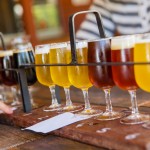
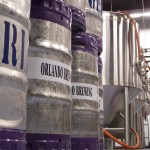
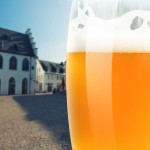
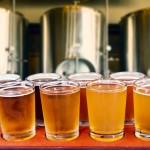
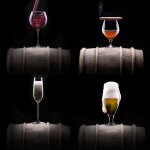
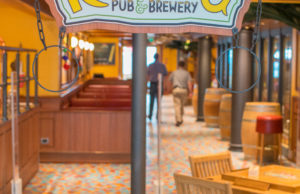
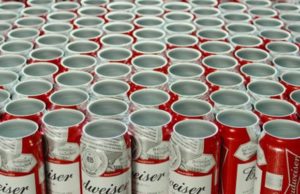
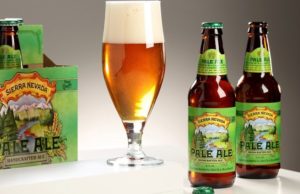










Pingback: Our Fearless Leader Featured in Crush Brew sharing Tips on Brewing the Perfect Holiday Beer | Dare to Be Extraordinary